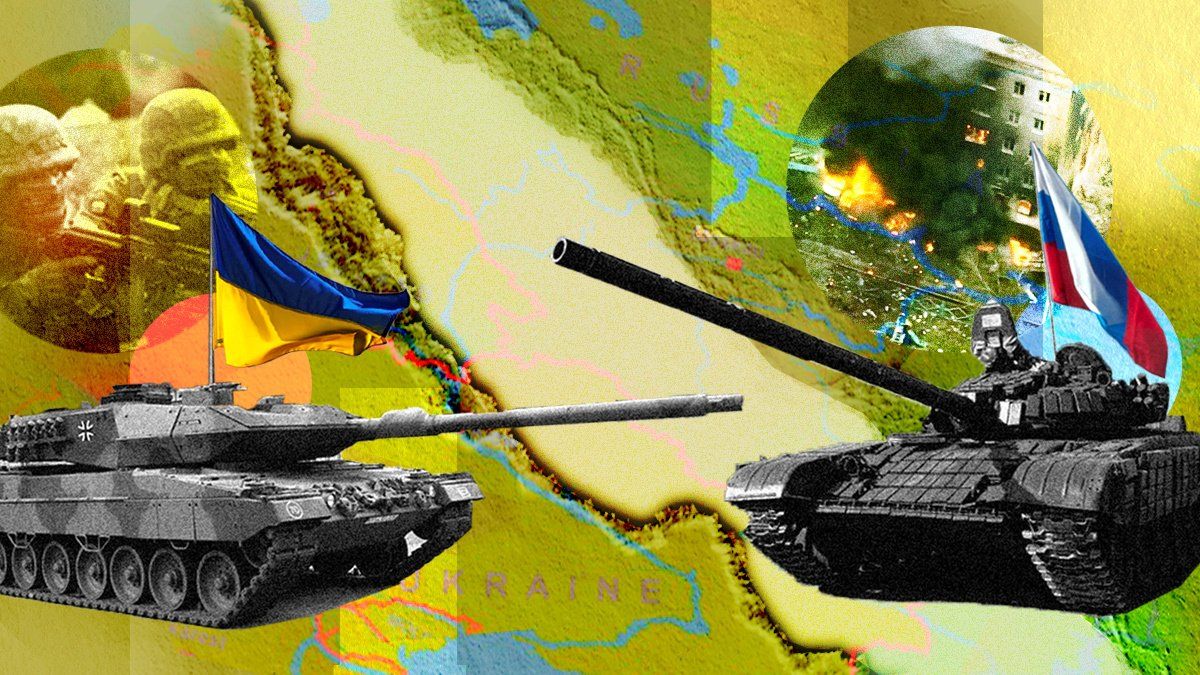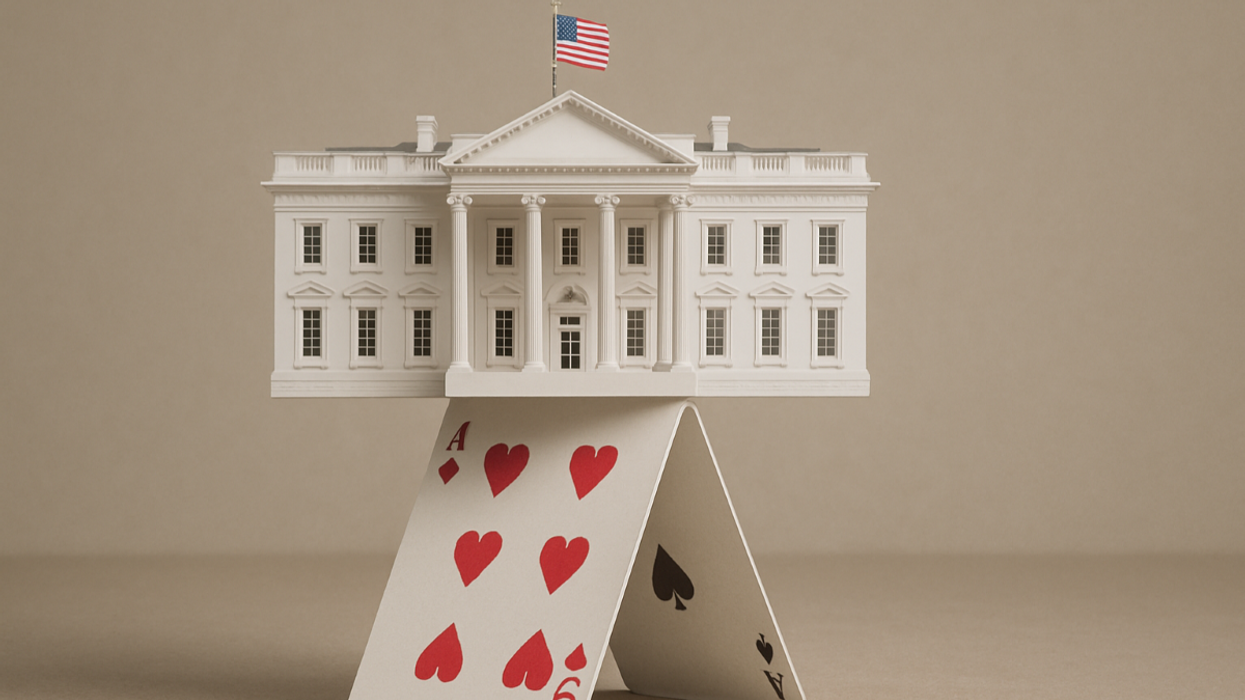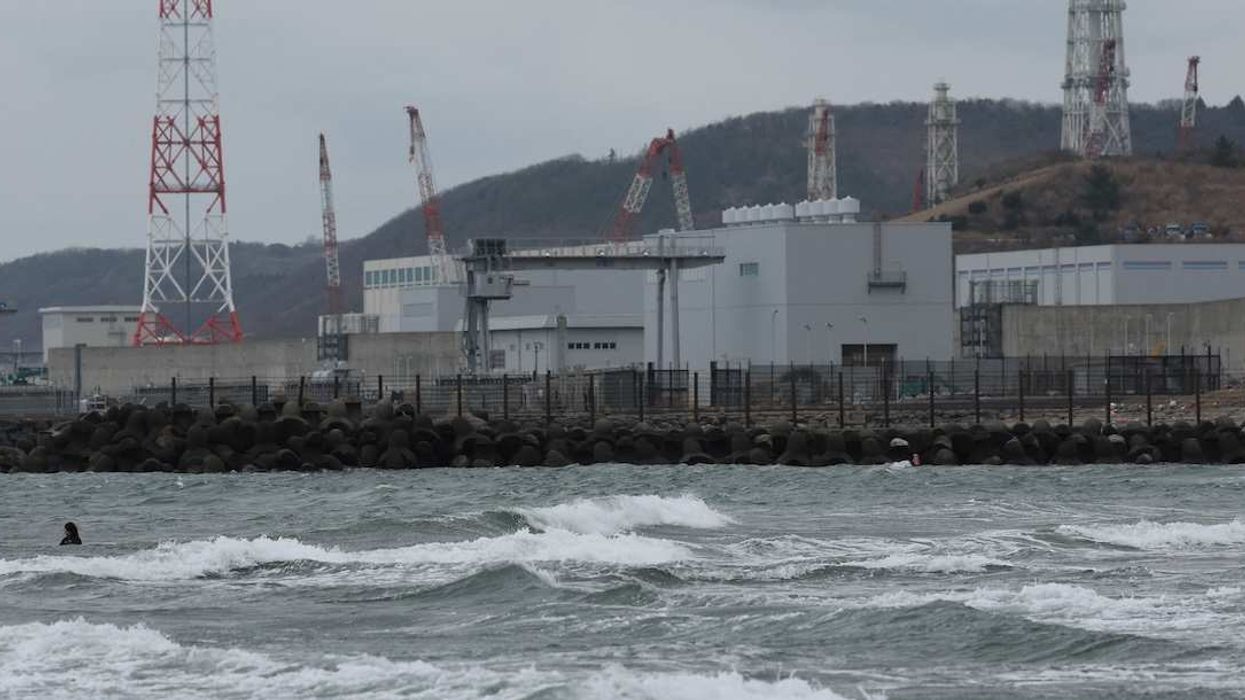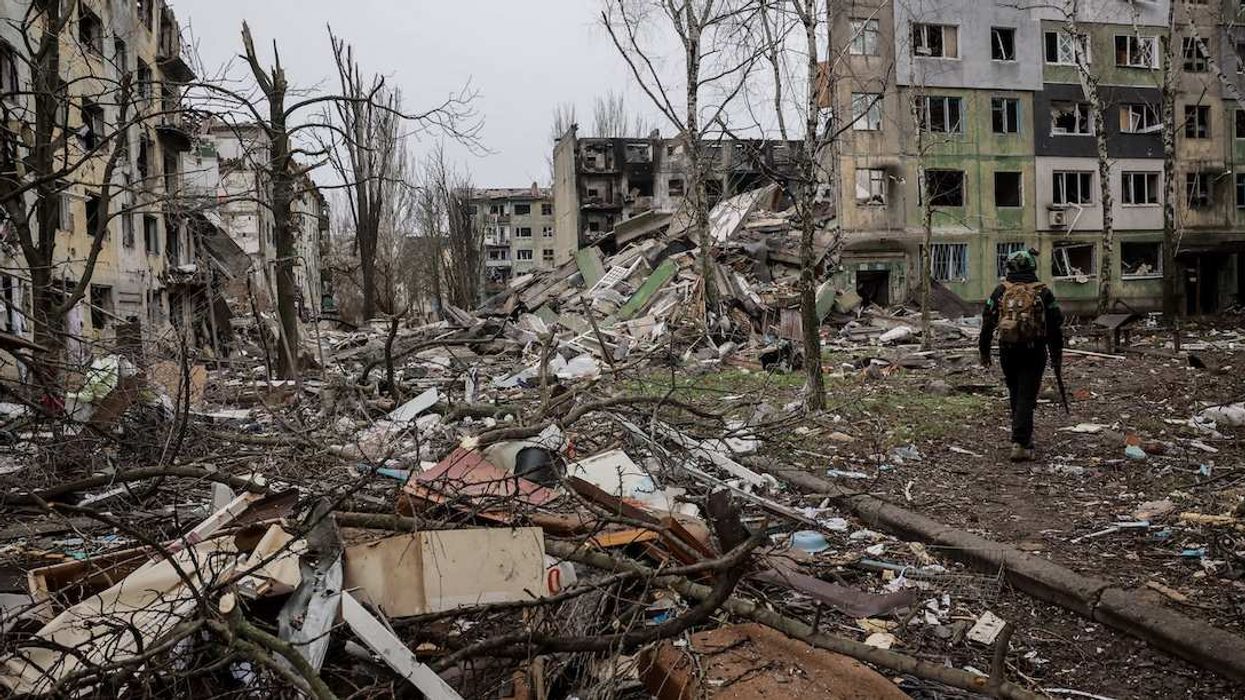I haven’t written about the war in Ukraine in a while, largely because not much has changed since my last dispatch on the subject 10 weeks ago. But now that we’re seeing signs that the start of the long-awaited Ukrainian counteroffensive is nearing, it’s time for me to tell you how I think it’s going to go and what it’ll mean for the trajectory of the war.
I’m modestly optimistic about Ukraine’s odds. In part, this is because of how all-in the US and its NATO allies are on Kyiv’s success, having provided everything short of fighter jets and boots on the ground. And in part, it’s because of how patient the Ukrainians have proven to be in building up new units and incorporating Western weapons and ammunition – and how competently they’ve defended against Russia’s failed winter offensive.
I expect that Ukraine will be able to recapture a sizeable amount of land, especially in the south, but will fail to break the land bridge between Russia and Crimea and threaten Russian control of the peninsula. Russia, which has about 350,000 troops dug in heavily armed defensive positions across the front lines and especially in the Zaporizhzhia region, will suffer significant losses but maintain overall cohesion. Having spent the last several months building up significant defensive capabilities in anticipation of a Ukrainian advance against the land bridge, they won’t get routed.
Rather than react with a major escalation of the war, such as by using tactical nukes in Ukraine, Russia’s response to the limited losses will be closer to business-as-usual (aka brutal but not existentially so).
Ukraine’s Western partners will see this outcome of limited gains and minimal escalation as a win, ensuring that political and military support for Kyiv will remain robust through 2024 despite growing Republican resistance and European war weariness.
Diplomatic efforts to bring about a truce will fall flat, as Ukrainian gains will dampen Kyiv’s already minimal desire to compromise and Russian losses won’t be large enough to force Moscow to the negotiating table. That includes the peace push by Chinese leader Xi Jinping, who last week spoke with Ukrainian President Volodymyr Zelensky for the first time since the war began and offered economic support for Ukraine’s reconstruction in exchange for a ceasefire (for more on Xi’s role as peace broker, watch my latest QuickTake).
In this “goldilocks” scenario – my base case – Ukraine’s counteroffensive will yield just enough gains to maintain strong Western political and military support while minimizing the risk of major Russian escalation.
But of course, this isn’t the only possible scenario. In fact, there are two other ways this could go that I see as plausible (if less so).
The next most likely scenario is that Ukraine’s counteroffensive makes too little progress, failing to retake meaningful swathes of land and leaving the front lines roughly unchanged. This could happen if Ukrainian forces prove unable to execute combined arms operations effectively, fail to adjust to the multiple new weapons systems they’ve received from NATO, or run out of ammunition before they’ve managed to overcome well dug-in Russian defensive lines.
Disappointment with Ukraine’s counteroffensive and the prospect of a prolonged stalemate would lead Western and especially American political support for Kyiv to start to falter. With US presidential elections around the corner and a more than even chance that Donald Trump is the Republican nominee, Congress would start openly questioning the end goal of US involvement in Ukraine. Military aid would be scaled back, and calls for negotiations from many Republicans and most Europeans would get louder.
At this point, Xi’s recent peace offer will start to look more attractive – not so much to the Ukrainians, who’ll remain extremely reluctant to make concessions, but certainly to significant pieces of the Western coalition. Under pressure from their allies, Kyiv and Moscow may or may not reluctantly agree to talk. But what’s certain is that the gap between the Russian and Ukrainian positions will remain unbridgeable, keeping a durable peace out of reach.
Less likely but still plausible is the possibility that the counteroffensive makes more dramatic progress, and Ukraine manages to cut off the land bridge and threaten Russia’s hold of Crimea. As I said, this is quite a long shot but not inconceivable. If the new Western armored infantry vehicles, artillery, and rocket systems allow the Ukrainians to break Russian defenses around Tokmak, they could potentially advance relatively quickly toward Melitopol.
Moscow would respond to this massive strategic loss by significantly escalating destructive asymmetric attacks against NATO states, possibly with cyber and physical sabotage of US and European critical infrastructure. While many analysts believe Crimea is a “red line” for Russian President Vladimir Putin, who in their view would consider using tactical nuclear weapons in Ukraine in response, I find it very unlikely that he’d doom his regime and risk mutually assured destruction over the peninsula.
What Russia might do in this scenario, however, is request direct military assistance from its “friend without limits,” China. Yet China has thus far shown very little willingness to back up its “friendship” with Russia with anything more than words. It’s likely Xi would only heed Putin’s request if Russia was on the verge of “losing” the war, to prevent a Russian collapse and the instability that would ensue. And even then, the bar for direct lethal aid is very high, as Xi knows it would trigger US sanctions on Beijing, threaten China’s relationship with its second-largest trading partner (Europe), tarnish its standing with the Global South, and dramatically escalate the US-China confrontation.
Whether or not China decides to enter the fray, there’d be no path for peace talks in this scenario. The Russians would be extremely reluctant to negotiate from a position of such weakness, while the Ukrainians would want to try to seize even more land before sitting down with someone they consider a war criminal.
In fact, the biggest “hope” (if you can call it that) for a ceasefire sooner than later lies with a fourth, most remote scenario in which the counteroffensive not only fails, but Russia makes meaningful gains of its own.
Should Russia successfully repel Ukraine’s attacks and capture significant new territory in the Donbas or elsewhere, fear of further losses could push Zelensky toward diplomacy. Both sides would have an incentive to de-escalate, but talks would have little chance of achieving a lasting – let alone just – peace given the fundamentally irreconcilable differences between the Russian and Ukrainian positions.
Notably, to the extent that we’re likely to see any negotiations (however futile) between the Russians and the Ukrainians under any scenario, it’s the Chinese rather than the Americans or the Europeans who’ll be best positioned to broker them.
While a long-term, sustainable settlement is probably many, many years away, Xi’s unique leverage over Putin gives him the best chance of anyone to give it a shot. Coming on the back of the Iran-Saudi Arabia rapprochement recently brokered by Beijing and China’s offer to mediate Israel/Palestine talks last week, even an unsuccessful peace push will bolster Xi’s narrative that China is ready to take on a constructive role as a diplomatic superpower capable of challenging the US for global influence.


















